LGBTQ+ Summit Meeting Brings Stakeholders Together
The first of its kind meeting in CUSD allowed students, teachers, parents, and administrators a chance to confront issues.
Pamphlets containing information on the Trevor project as well as wristbands were given out at the LGBTQ+ Summit held at the CUEA offices.
October 18, 2016
Students, teachers, and guests gathered at an LGBTQ+ Summit meeting to discuss issues for LGBTQ+ students in California and the laws that protect their rights.
The meeting was a first of its kind in CUSD, who recently updated their anti-discrimination policies.
Scott Miller, an elementary school teacher who works with schools throughout California on these issues is provider of safe places in his classroom for LGBTQ+ individuals, spoke about the rights protecting student’s privacy and gender expression.
Some of these laws include AB 537, a law that as of the year 2000 added all gender expressions and sexual orientations (actual or perceived) to the anti-discrimination policy, and AB 9 (also known as Seth’s Law), which requires all public schools in California to update their anti-bullying policies to protect students who are bullied because of their gender expression or sexual orientation (actual or perceived).
Miller discussed how not all of these laws are followed by the disciplinary enforcers in the school system.
For example, teachers are not allowed to confiscate a cell phone and read either to themselves or aloud what they see on the phone screen, as it is a violation of the student’s privacy rights.
“Our California constitution says teachers do not have a right to disclose any student or staff sexual orientation, and that includes going to parents,” Miller says. “If you do, you’re setting yourself up for a lawsuit.”
Miller also spoke about teachers in other districts blackmailing same sex couples by taking pictures of them holding hands, hugging, or kissing and threatening to show the photos to their parents if they don’t stop.
Miller compares the discrimination towards LGBTQ+ individuals to the discrimination towards people of color in the 1950’s. “The hatred is still the same, no matter what the issue is, people are still doing this,” Miller said.
While in the classroom, the first amendment rights of teachers and administrators are somewhat restricted, meaning that their free speech has some limitations. Just as they cannot tell a student that a certain religion is the correct one, they cannot invalidate a student’s gender expression or sexual orientation.
In 2013, GLSEN did an anonymous School Climate survey about the frequency of students hearing anti-LGBT remarks in school. 91 percent reported hearing the word “gay” being used in a negative way, 83 percent heard homophobic remarks such as “fag” or “dyke,” 80 percent heard negative remarks about gender expression, and 55 percent heard negative remarks about transgender people.
So why is this discrimination and bullying not being reported? “About 70 percent of LGBT kids won’t report that they’re being bullied because they feel like the school’s not doing anything about it,” Miller said.
Another topic that was discussed is the way that some schools and teachers group by gender; for example, boys on one side and girls on the other. Miller explained that this is in fact illegal, saying, “If it doesn’t fit for race, then it doesn’t fit for gender.”
Later in the meeting, several people told stories of their experiences dealing with discrimination and unequal treatment towards the LGBTQ+ community. After coming out as gay, Dylan Draper dealt with bullying throughout his experience at Aliso Hills High School, even from people who he thought were his friends.
It doesn’t stop at the high school level either. Participant Chantal Flowers said she was met with revulsion upon coming out as lesbian to her own parents. Her father said to her, “Chantal, you’re our daughter and we can’t change that. But we don’t want this f****** up our lives.”
However, not everyone is against LGBTQ+ students. Noemi Santillan felt like she always had to pretend to be straight when she went to school, which caused her a lot of anxiety. In her senior year of high school however, she had a Spanish teacher that changed that mindset just by talking about her acceptance for everyone, no matter who they loved.
“That was the first time a teacher talked about it that much,” she said. “The anxiety [I had] just died. It’s ok, I’m a person, I’m a good person. This teacher’s recognizing good things about everyone. The fact that I’m gay shouldn’t even matter.”

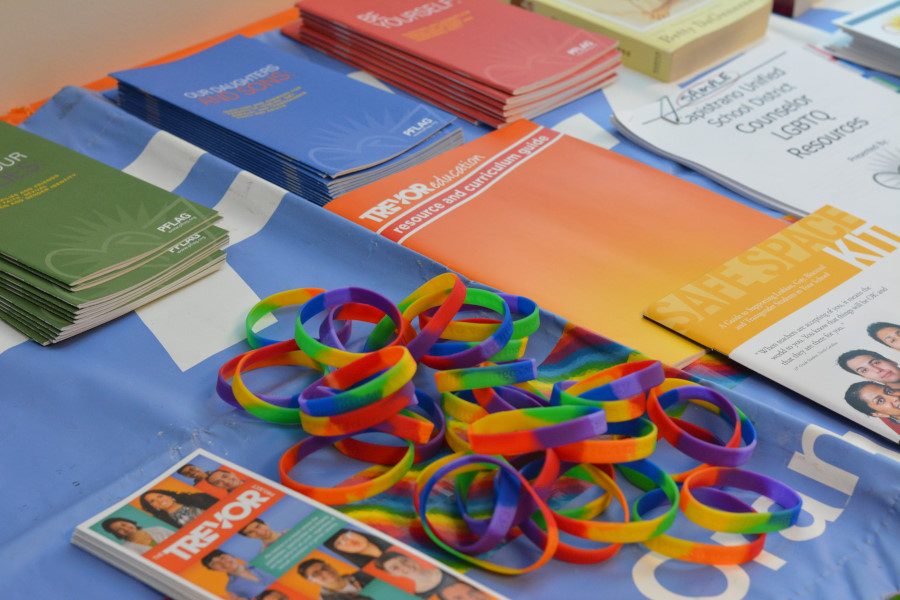
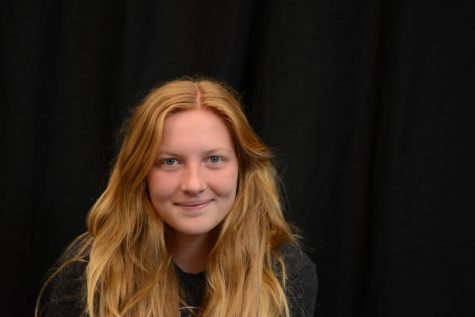

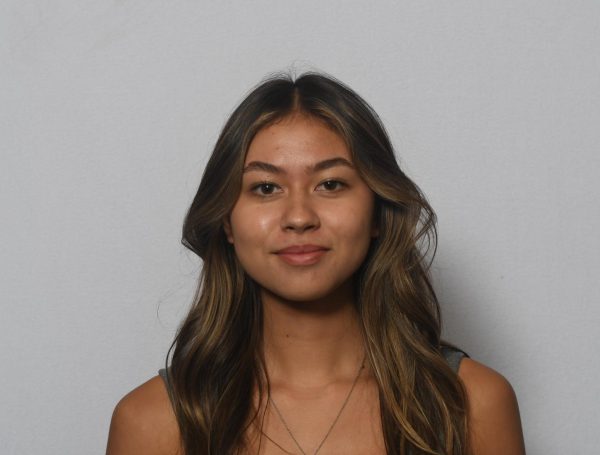
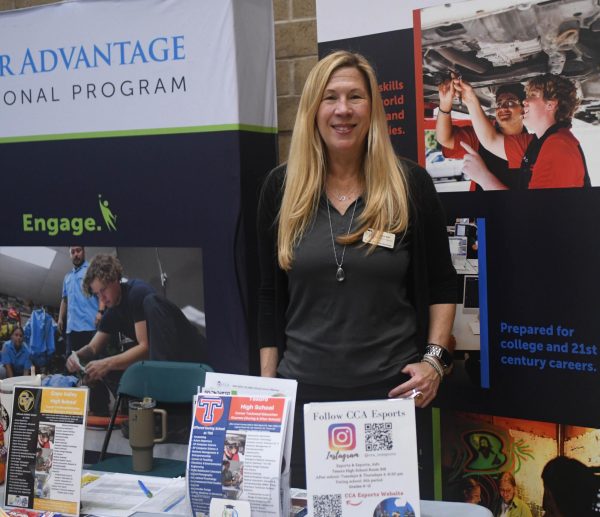
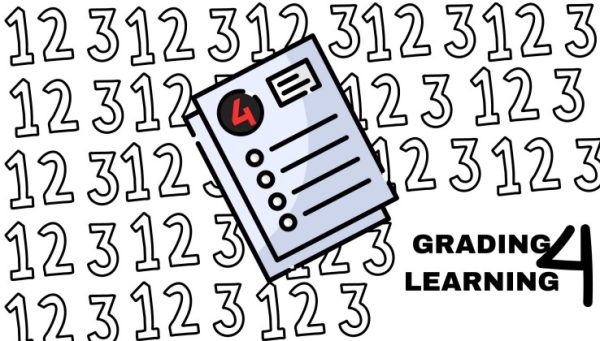
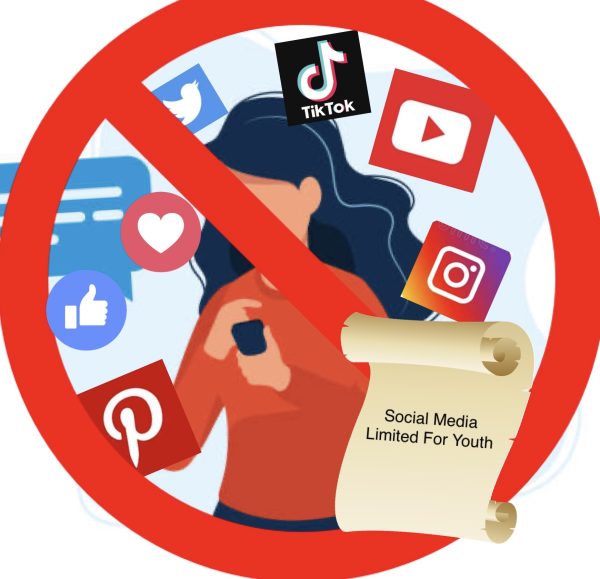
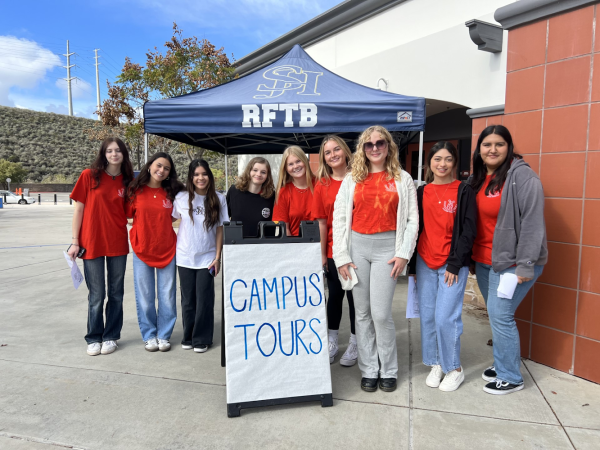
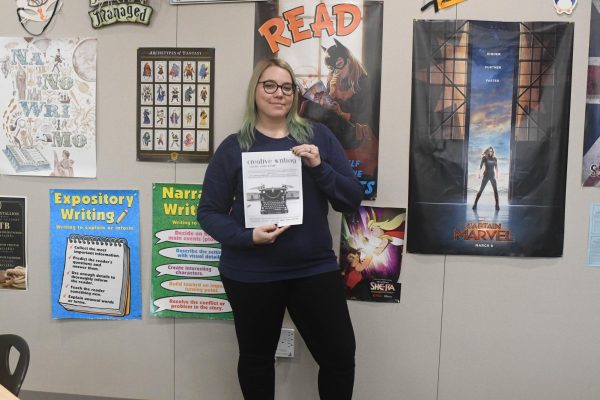
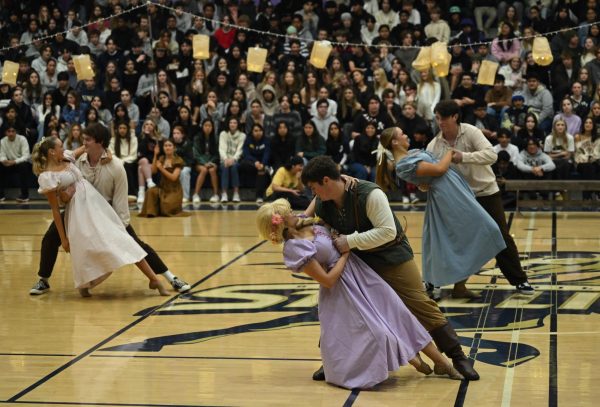
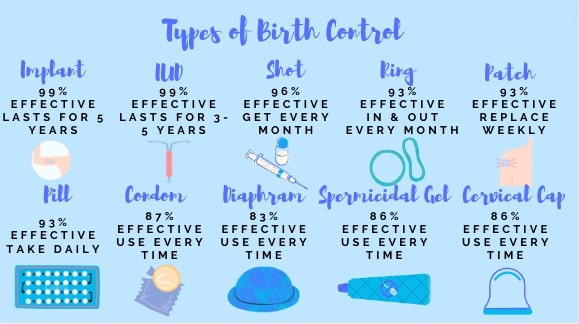
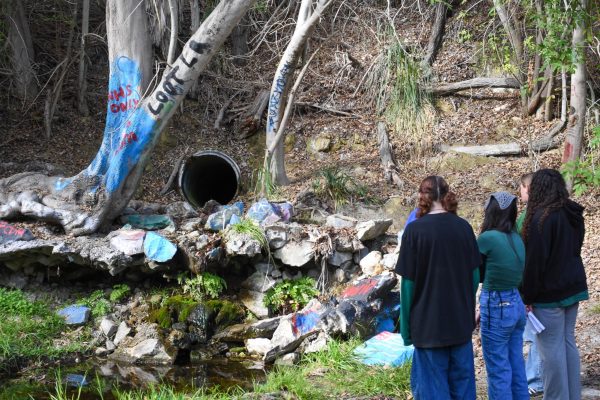


Jake • Oct 19, 2016 at 10:40 PM
Yo, this is legit. alot better than i could Ever do. i love the way you worded it and everything, it got out the point so flawless (in my opinion). but yeah. And i agree with Rob…….
yet another reason i dont go to public school…..
Lynelle • Oct 19, 2016 at 10:40 AM
Very well written! We should show love to everyone.
Robert • Oct 18, 2016 at 5:41 PM
This is a great article and should be put in the OC Register because it is very relevant to today’s society. I am willing to bet most do not see it as discriminatory.